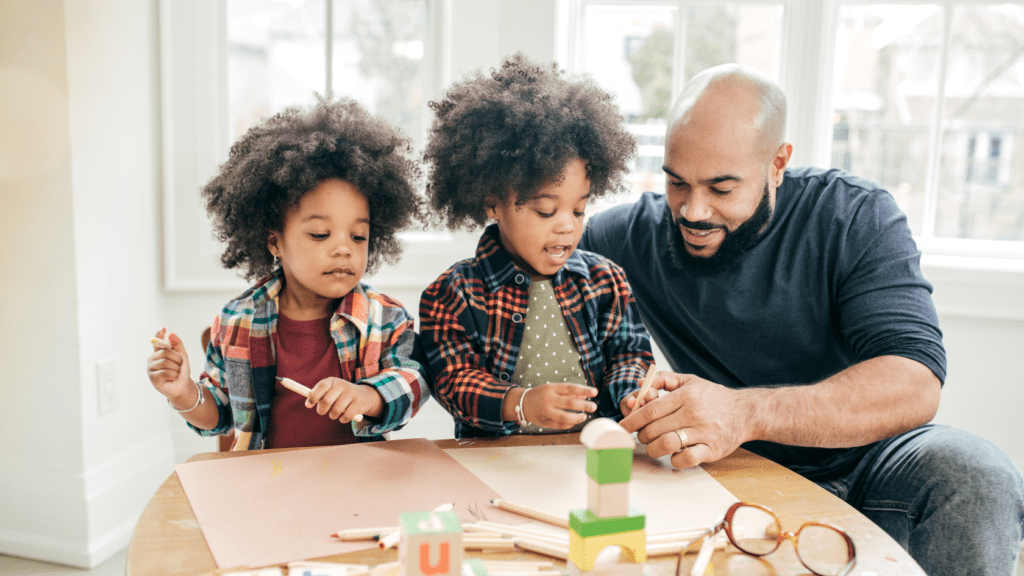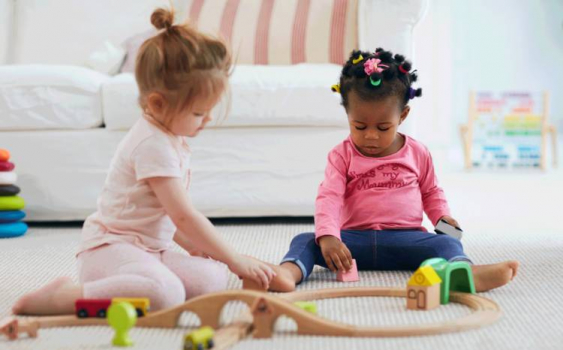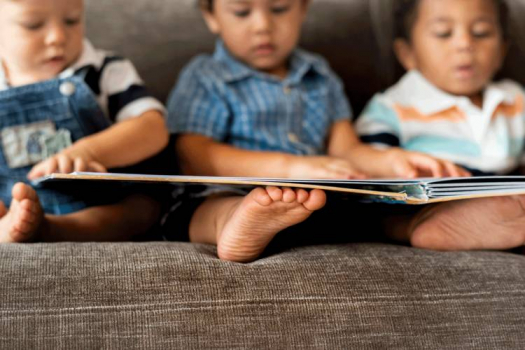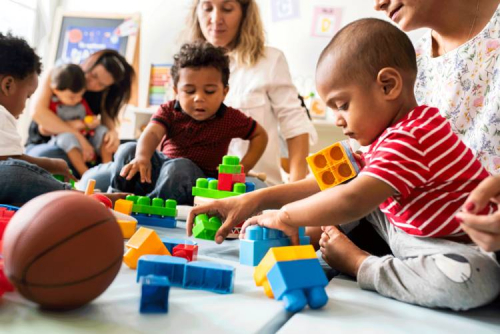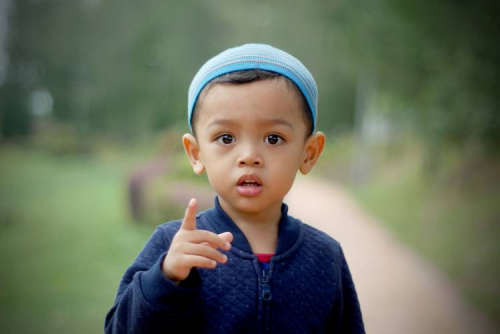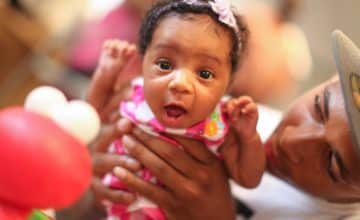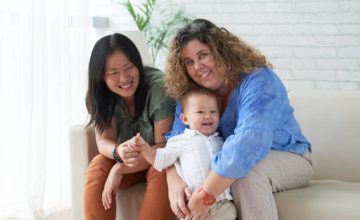Look at the behaviors listed below and see how many of these you notice in your child.
- Your child communicates (verbally or non-verbally) that they understand their physical traits: My hair is curly. I have blue eyes.
- They describe their actions. For example, they might communicate: I jumped super high or I can roll my wheelchair really fast.
- They describe their gender identity. “I am a boy”. “She is a girl.”
- They use personal pronouns: I, me, my, and mine. “My turn”, “My cookie.”
- They can express emotions like embarrassment and pride.
- They recognize themselves in a mirror or in a photo. They may even communicate, “Hey, that’s me!”
How many of these six items resonate with your little learner?
Each of these behaviors shows that your child’s sense of self is emerging. These behaviors tell us that your child is learning about who they are and about the people around them. Your child is learning that their goals, thoughts, and feelings can be different from others. This is the perfect time to disrupt the biases and stereotypes that are already forming.
Let’s Take a Closer Look at Development
Our babies can see differences in skin color from birth to six months. But the beliefs and attitudes they develop towards different skin colors is up to you.
Birth to 6 Months
During the first six months of life, babies often put people in categories: who’s familiar, who’s different, who’s safe, and who’s a stranger. These social categories help them predict and understand people’s behaviors.
6 to 12 Months
Between six to twelve months, babies have a strong preference for people who look and sound like them. One study shows that six-to-nine-month-old babies look to adults of the same race for guidance (and they don’t look at adults from different race for guidance1). Babies develop preferences for those who look like them very early in life.
12 to 36 Months
Toddlers are developing a form of self-knowledge called theory of mind—the understanding that they are separate beings whose thoughts, feelings, and goals can be different from others.
They’re curious about people who have skin colors, hair textures, and physical appearances different from their own and may point out the differences they see. A joyful outburst of “Her skin is brown” at a grocery store might be one example of this development. These statements are not racist—instead, they reflect a child’s growing curiosity and observation of the world around them.
But when children point out different skin colors, gender expressions, and abilities, they learn from your reactions which differences are okay to talk about and which are not. At the same time, they’re receiving messages about race, ability, gender and more from books and other media (like television programs). One study shows that by 30 months many toddlers begin to choose who they want to play with based on skin colors2.
Preschoolers
In the preschool years (2 ½ to 5 years), children may begin to exclude peers who look different from them. What has happened is that some preschoolers transition their early preference for familiar faces to a negative belief about those who look different from them.
Racial prejudices are present at ages four and five and we often see this unfold in name calling or as a driver in choosing playmates. Research with preschoolers has found that even when the “in group” is based on something as simple as the same t-shirt color, young children believe those who are like them (wearing the “in” t-shirt color) are more intelligent and more kind than those who look different (like wearing the other t-shirt color3). When parents don’t actively interrupt these developing biases, they become much harder to change later on.
Given how early young children learn our cultural messages about race, I’d say the best time to start talking to them about race is yesterday. What do you think?
1 Xiao, N. G., Wu, R., Quinn, P. C., Liu, S., Tummeltshammer, K. S., Kirkham, N. Z., Ge, L., Pascalis, O., & Lee, K. (2018). Infants Rely More on Gaze Cues From Own-Race Than Other-Race Adults for Learning Under Uncertainty. Child Development, 89(3):
DOI: 10.1111/cdev.12798
2 Katz, P. A., & Kofkin, J. A. (1997). Race, gender, and young children. In S. S. Luthar, J. A. Burack, D. Cicchetti, & J. R. Weisz (Eds.), Developmental psychopathology: Perspectives on adjustment, risk, and disorder (p. 51–74). Cambridge University Press.
3 Dunham, Y., Baron, A. S., & Carey, S. (2011). Consequences of “minimal” group affiliations in children. Child Development, 82(3), 793–811.


